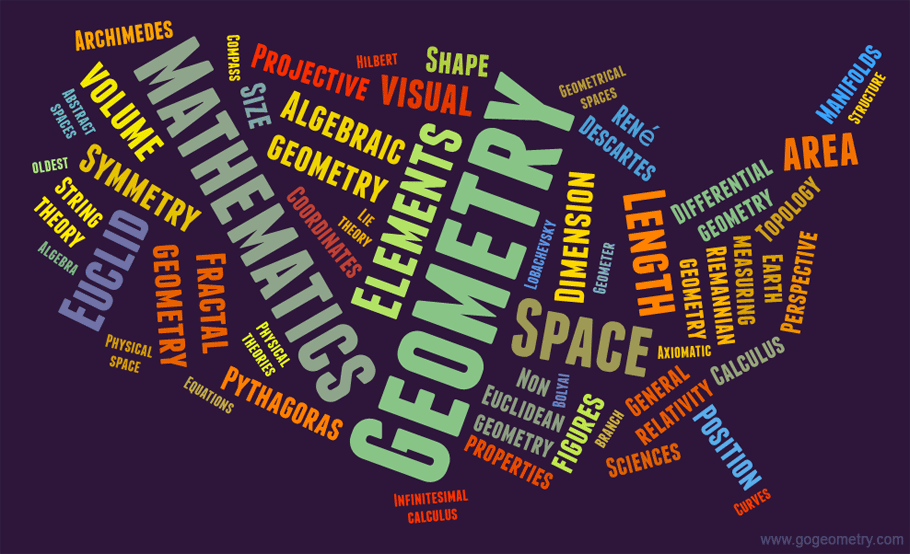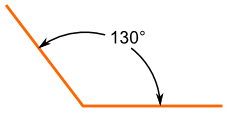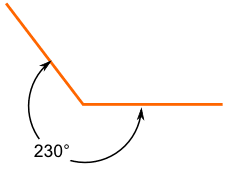001
Homeworks~
'(Geometry)
Aim High Project by Aliyah H.
Angle Properties | Polygon | Similarities.

Activities-
— research about the use of angles in real lifesituation. Example;
Geometry used in robotics, structural engineering etc.
- identify the similar shaped buildings seen in the UAE and create
a presentation on it. ..
Angles;
Acute, Obtuse and Reflex;



| Type of Angle | Description | |
|---|---|---|
| Acute Angle | an angle that is less than 90° | |
| Right Angle | an angle that is 90° exactly | |
| Obtuse Angle | an angle that is greater than 90° but less than 180° | |
| Straight Angle | an angle that is 180° exactly | |
| Reflex Angle | an angle that is greater than 180° |
Be Careful What You Measure
 |
 |
|
This is an Obtuse Angle.
|
And this is a Reflex Angle.
|
|
But the lines are the same ... so when naming the angles make sure |
|
Geometry in Real life-
Probably 2 of the most important angles are 90 and 180. Everything in construction that is built is based on some point on a perpendicular 90 degree angle, walls, door frames, window frames. But once we get to something like the roof, it is the angle (pitch) that dictates best construction in the climate. How about the 180 degree angle, everything we build in the way of road construction, sidewalks, foundations, are at 180 degrees or some sort of variance because of the need. Angle of light refracting through you eye is what makes your sight work and is measured and corrected by doctors everyday for glasses. Angle of trajectory to put a man on the moon, angle of ascent/decent for a plane to land or take off, maximum angle of incline for a car or train to climb a hill, the angle of the front of a car to minimize wind resistence. Almost everything man made was accomplished by the understanding of angles. Remember the first great invention, the wheel is 360 degrees.
We use angles every day to solve problems, the right angle in particular. The right angle is a critical tool in any construction project. The carpenter's square is basically a right angle. With a right angle, one can make a level, square corners, determine diagonal lengths,etc. Also, with angles, one can determine heghts and widths of trees, mountains, structures, and horizontal distances. Examples: I wish to know the hgt. of a flag pole. I stand a given number of feet(50 ft) from the flag pole. I then (using an instrument) determine the angle from the horizontal to the tree top. I know the Tangent of an angle is the opposite (tree hgt.)side over the( adjacent) horizontal side(a distance of 50 ft.) The equation then is Tangent of Angle = tree hgt. over horizontal distance. Tree hgt.= tangent of angle x horizontal distance(50ft.) Say I've determined the angle to be 30 degrees. The tangent of a 30 degree angle= .5773, 50 x .5773=28.865 and therefore the flagpole is 28.865 ft. tall or 28 ft.10 and 3/8 inches tall. If I sighted the angle from eye level, I would need to add the vertical distance from my eye level to the ground or pavement to this figure. Using the same methodology, one can determine the width of a river.

Comments